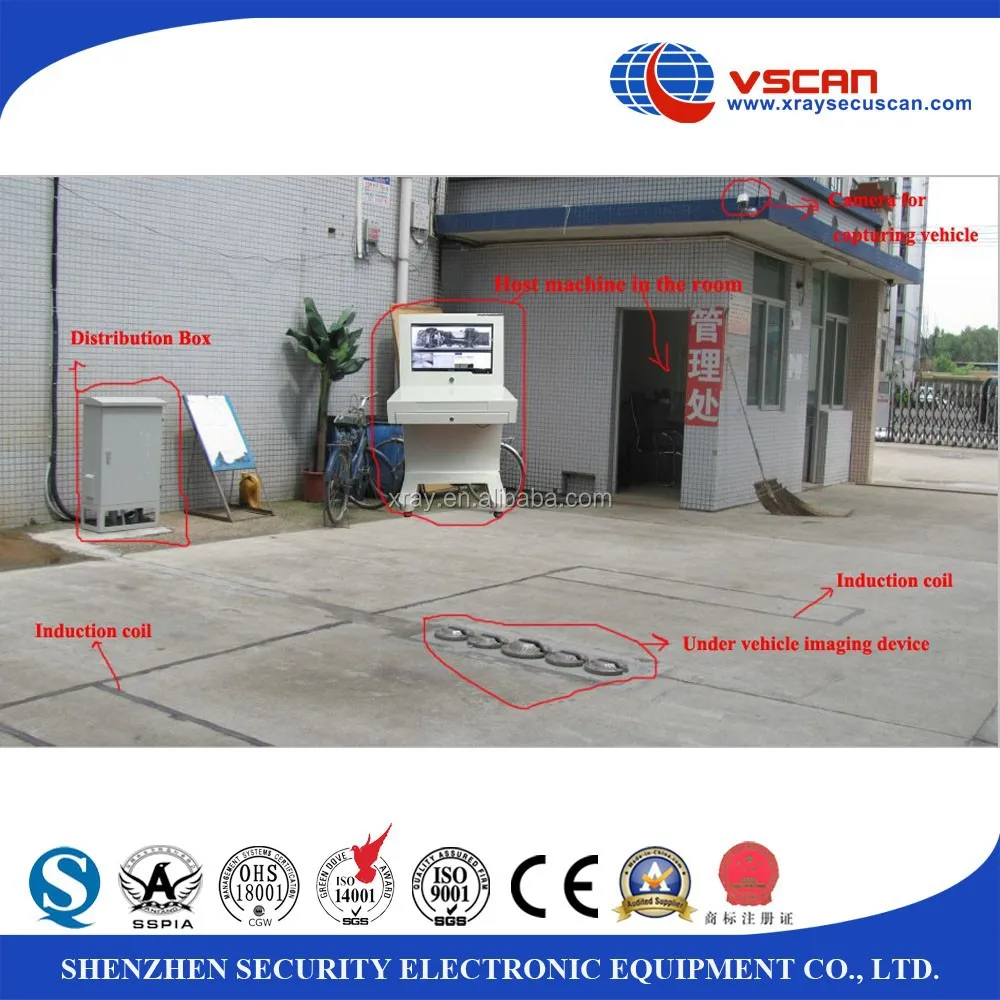Automatic License Plate Recognition Software

Anpr(automatic number plate recognition) free download. Car Number Plate Recognition This program takes snapshot of car license number plate and then recognize the. Automatic License Plate Recognition products, software and hardware, and detailed general information about Automatic License Plate Recognition algorithms, technology.
License-plate recognition process Automatic number-plate recognition ( ANPR; see also below) is a technology that uses on images to read to create. It can use existing,, or cameras specifically designed for the task. ANPR is used by police forces around the world for law enforcement purposes, including to check if a.

It is also used for on and as a method of cataloguing the movements of traffic, for example by highways agencies. Automatic number plate recognition can be used to store the images captured by the cameras as well as the text from the license plate, with some configurable to store a photograph of the driver. Game Ninja Sasuke. Systems commonly use lighting to allow the camera to take the picture at any time of day or night. ANPR technology must take into account plate variations from place to place. Concerns about these systems have centered on privacy fears of government tracking citizens' movements, misidentification, high error rates, and increased government spending.
Critics have described it as a form of. The on was changed to improve plate recognition. ANPR uses (OCR) on images taken by cameras. When switched to a different style in 2002, one of the changes made was to the, introducing small gaps in some letters (such as P and R) to make them more distinct and therefore more legible to such systems. Some license plate arrangements use variations in font sizes and positioning—ANPR systems must be able to cope with such differences in order to be truly effective.
More complicated systems can cope with international variants, though many programs are individually tailored to each country. The cameras used can be existing road-rule enforcement or closed-circuit television cameras, as well as mobile units, which are usually attached to vehicles. Some systems use infrared cameras to take a clearer image of the plates.
In mobile systems [ ]. A car equipped with mobile ANPR. During the 1990s, significant advances in technology took automatic number plate recognition (ANPR) systems from limited expensive, hard to set up, fixed based applications to simple 'point and shoot' mobile ones. This was made possible by the creation of software that ran on cheaper PC based, non-specialist hardware that also no longer needed to be given the pre-defined angles, direction, size and speed in which the plates would be passing the camera's field of view. Further scaled-down components at more cost-effective price points led to a record number of deployments by law enforcement agencies around the world. Smaller cameras with the ability to read license plates at higher speeds, along with smaller, more durable processors that fit in the trunks of police vehicles, allowed law enforcement officers to patrol daily with the benefit of license plate reading in real time, when they can interdict immediately. Despite their effectiveness, there are noteworthy challenges related with mobile ANPRs.
One of the biggest is that the processor and the cameras must work fast enough to accommodate relative speeds of more than 100 mph (160 km/h), a likely scenario in the case of oncoming traffic. This equipment must also be very efficient since the power source is the vehicle battery, and equipment must be small to minimize the space it requires. Relative speed is only one issue that affects the camera's ability to actually read a license plate. Algorithms must be able to compensate for all the variables that can affect the ANPR's ability to produce an accurate read, such as time of day, weather and angles between the cameras and the license plates. A system's illumination wavelengths can also have a direct impact on the resolution and accuracy of a read in these conditions. Installing ANPR cameras on law enforcement vehicles requires careful consideration of the juxtaposition of the cameras to the license plates they are to read.
Using the right number of cameras and positioning them accurately for optimal results can prove challenging, given the various missions and environments at hand. Highway patrol requires forward-looking cameras that span multiple lanes and are able to read license plates at very high speeds. City patrol needs shorter range, lower focal length cameras for capturing plates on parked cars. Parking lots with perpendicularly parked cars often require a specialized camera with a very short focal length. Most technically advanced systems are flexible and can be configured with a number of cameras ranging from one to four which can easily be repositioned as needed.